

Despite initial attempts to capture border villages and advance toward the key town of Grushkovo, the Ukrainian offensive was largely repelled by the Russian Armed Forces (RFAF), which also disrupted enemy logistics and reinforcement lines in the rear areas.

Ukrainian military and political leaders hoped to disrupt Russia's 80th Victory Day celebrations by occupying several areas of the Grushkovsky district in the Kursk province, including the strategic town of Tetkino. The plan included isolating the battlefield by destroying the bridge over the Semme River and mined the southern bank, aiming to gain leverage in future negotiations.

However, after suffering more than 2,000 casualties and losing dozens of tanks and armored vehicles, including those supplied by the West, the AFU has failed to control any significant portion of Russian territory. As of May 12, the only remaining AFU presence is believed to be a narrow strip of forest 800 meters deep near Tetkino, stretching about 5 km along the border, a considerable distance from the 1,300 square kilometers of Kursk territory they controlled last August.

According to battlefield reports from both sides, the intensity of AFU attacks decreased sharply after May 9th, partly due to the failure of political objectives, but also due to fierce counterattacks by the RFAF, which inflicted heavy losses on the AFU.

One of the main factors contributing to this slowdown was the disruption of vital supply routes, including AFU's efforts to repair a dam near the border before it was destroyed by Russian FPV drones and artillery.

The RFAF also did a good job of eliminating reinforcements, such as AFU bridge-building engineering vehicles that were destroyed during road repairs, preventing the AFU from quickly restoring necessary supplies. Russian FPV drones swarmed the skies, pursuing AFU commandos attempting to cross the border in four-wheel-drive vehicles or on foot, posing a significant threat to Ukrainian commandos.


Near Novy Put and Zarya, numerous Ukrainian mechanized forces, including Leopard tanks and M109 Paladin howitzers, were destroyed in the fighting. Many Ukrainian commandos were intercepted and killed by RFAF artillery and FPV drone fire near the Ukrainian border villages of Belaya Balka and Bessalovka.

With crucial bridges and roads in the rear destroyed, the AFU were forced to use temporary river crossings and quickly became targets of Russian attack. In addition, Russian UAVs and artillery disrupted AFU concentrations in Sumy border villages such as Pavlovka, Budki, and Ryzhivka, making a sustained offensive nearly impossible.

The losses suffered by the AFU, as their offensive stalled, forced the AFU commander to deploy Western mercenaries to the Kursk front to conduct cross-border attacks, supporting their own weak fighting operations.

According to Russian military sources, mercenary groups from Poland, Lithuania, Denmark, and the United Kingdom have been detected operating in the operational area of the RFAF's Northern Group (Group Sever), in the northern border region of Ukraine; although the activities of these mercenary groups are limited.

Western private military companies (PMCs) are believed to have been mobilized to support the AFU, as the AFU suffered heavy losses and failed to achieve its objectives. These PMC units include: ASBS Othago (Poland) – which has been operating in Ukraine since at least 2014; the European Security Academy (Poland) – involved in training and tactical support; Iron Navy (Estonia) – specializing in sabotage and reconnaissance; Rae LT (Lithuania) – another group with Baltic ties and suspected NATO links; and G4S (UK) and G4F (Denmark) – subsidiaries of a British security group that has previously been involved in conflict zones around the world.

Although these mercenary groups are not large enough to change the balance of power on the battlefield, they can be used for sabotage, reconnaissance, or training Ukrainian offensive forces – similar to how Ukraine's Special Operations Forces (SSO) led the AFU counteroffensive in August 2022.

Despite the presence of Western mercenaries in Kursk, the RFAF maintained its advantage for the following reasons: powerful firepower and the superiority of various types of UAVs, making it almost impossible for the mercenaries to move freely. This disrupted Ukraine's supply lines and left even the elite AFU forces stranded without reinforcements.

The heavy losses suffered by the Ukrainian regular army mean that PMCs will likely be used in high-risk, low-impact missions rather than large-scale combat. The arrival of Western mercenaries has underscored Kyiv's growing desperation as Operation Kursk collapses.


Kyiv's "Second Kursk Campaign" proved to be a strategic and tactical failure, achieving no significant territorial or political gains, but suffering heavy losses in personnel and equipment.

Source: https://khoahocdoisong.vn/chien-dich-kursk-that-bai-linh-danh-thue-thiet-hai-nang-post1542012.html











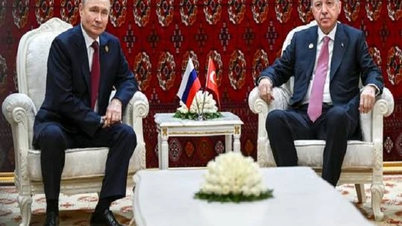







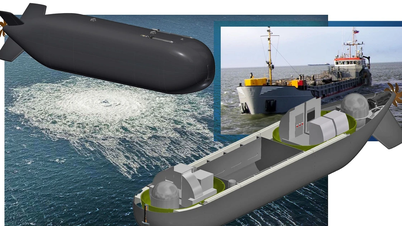
































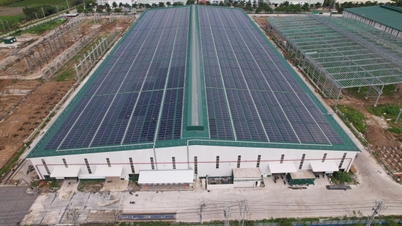




















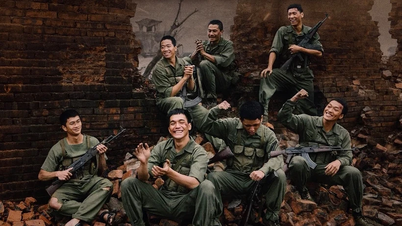


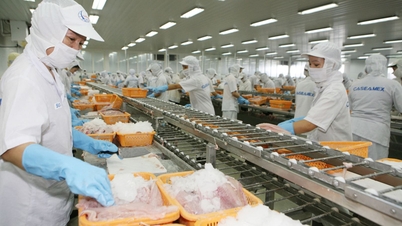





























Comment (0)